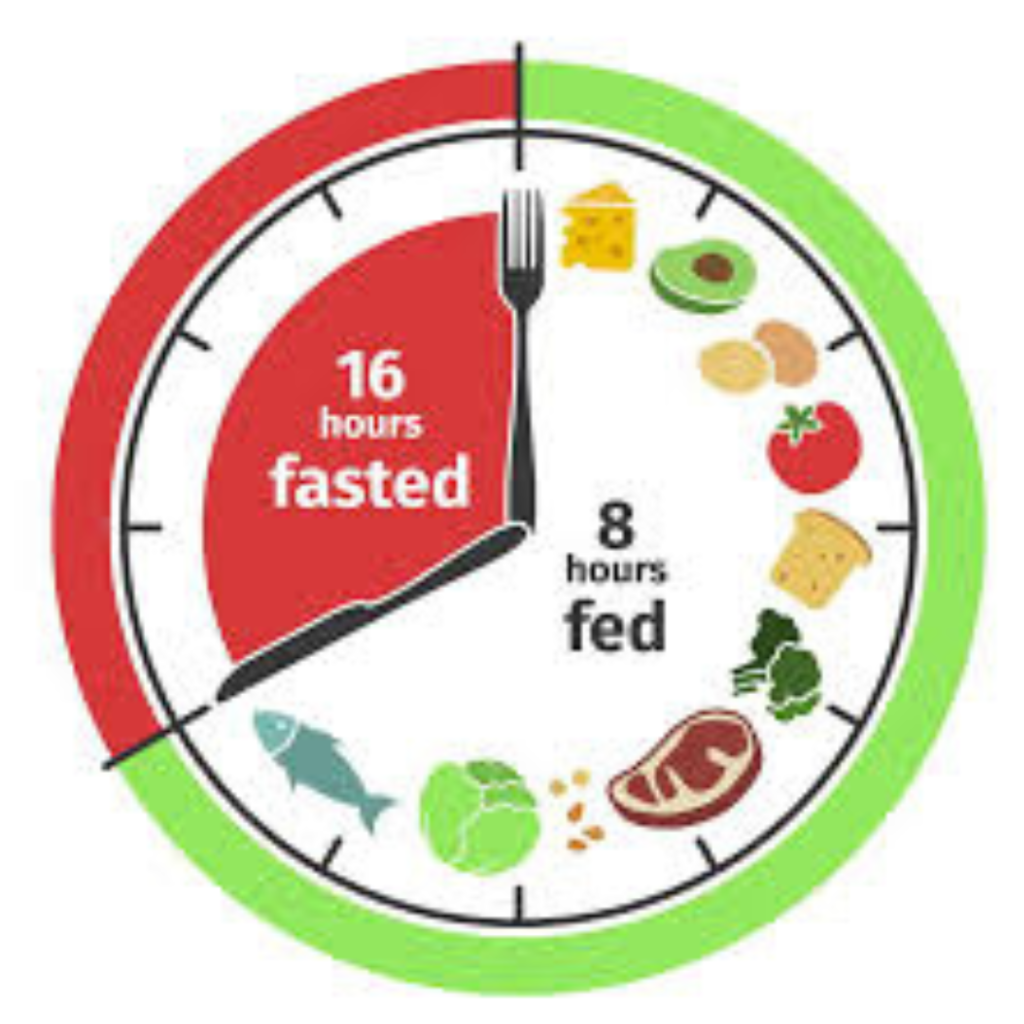Intermittent Fasting: A Comprehensive Guide to Health and Weight Loss
Intermittent fasting (IF) has become one of the most popular health and fitness trends in recent years, particularly for those aiming to lose weight, improve metabolic health, and simplify their lifestyle. But intermittent fasting is more than just a diet—it’s an eating pattern that alternates between periods of eating and fasting. Unlike traditional diets that restrict what you eat, intermittent fasting focuses on when you eat, providing a flexible approach that many people find sustainable.
This article will explore the basics of intermittent fasting, the different types, its potential health benefits, risks, and how to get started.
What is Intermittent Fasting?
At its core, intermittent fasting is an eating pattern that cycles between periods of fasting (where no or very little food is consumed) and eating. The focus is on timing rather than dietary restriction. For most people, intermittent fasting isn’t about counting calories or macros, but rather about establishing periods of fasting that trigger various beneficial physiological changes in the body.
Humans have naturally fasted throughout history. Our hunter-gatherer ancestors often went long periods without food because they didn’t have supermarkets or refrigeration. Fasting, therefore, is deeply ingrained in our biology. It also has religious and cultural roots, being a common practice in many traditions, from Ramadan in Islam to Lent in Christianity.
Types of Intermittent Fasting
There are several variations of intermittent fasting, allowing individuals to choose a method that best fits their lifestyle and goals. Here are the most common types:
- The 16/8 Method: This is one of the most popular methods. It involves fasting for 16 hours each day, leaving an 8-hour window for eating. For example, you might eat between 12:00 PM and 8:00 PM, and then fast until noon the next day. During the fasting window, only water, black coffee, or other non-caloric beverages are allowed.
- The 5:2 Diet: In this approach, you eat normally for five days of the week and restrict calorie intake to about 500–600 calories on the other two days. The fasting days can be spread out, and many people find this method easier to adhere to because it allows more flexibility in their weekly eating patterns.
- Eat-Stop-Eat: This method involves fasting for a full 24 hours once or twice a week. For instance, you could fast from dinner one day to dinner the next. It can be more challenging than other forms of intermittent fasting due to the longer fasting window, but it is effective for weight loss and fat burning.
- Alternate-Day Fasting: In alternate-day fasting, you alternate between days of normal eating and days of fasting. On fasting days, some variations allow the consumption of a very limited number of calories (about 500), while stricter versions require complete abstinence from food.
- The Warrior Diet: This fasting method involves eating small amounts of raw fruits and vegetables during the day and consuming one large meal at night, effectively fasting for about 20 hours and eating in a 4-hour window.
How Does Intermittent Fasting Work?
During the fasting period, your body goes through several stages:
- Lowered Insulin Levels: When you eat, insulin levels rise to help process glucose from your food. During fasting, insulin levels drop, signaling the body to start burning stored fat for energy. Lower insulin levels also make stored fat more accessible.
- Increased Human Growth Hormone (HGH): Fasting leads to an increase in HGH levels, which helps promote fat loss, muscle gain, and various other beneficial metabolic effects.
- Cellular Repair: During fasting, cells initiate important repair processes, such as autophagy, where cells break down and remove damaged or dysfunctional components. This process is thought to play a role in aging and disease prevention.
- Fat Burning: After depleting stored glucose (glycogen), the body begins to burn fat for energy. This is one of the key mechanisms behind weight loss in intermittent fasting.
Health Benefits of Intermittent Fasting
Research on intermittent fasting has shown a range of potential benefits for both physical and mental health. Here are some of the most notable:
- Weight Loss and Fat Reduction: By reducing meal frequency and prolonging the period during which your body burns fat, intermittent fasting can help people lose weight. Several studies have shown that IF is particularly effective at reducing visceral fat (the harmful fat that accumulates around organs).
- Improved Metabolic Health: Fasting helps regulate blood sugar levels and may improve insulin sensitivity, reducing the risk of type 2 diabetes. It also aids in lowering blood cholesterol levels, which is beneficial for heart health.
- . There is also evidence thatIF may reduce the risk of neurodegenerative diseases like Alzheimer’s and Parkinson’s…
- Simplified Lifestyle: With fewer meals to plan and prepare,IF can simplify your daily routine.
Potential Risks and Considerations
WhileIF can offer several benefits, it’s not suitable for everyone. People with certain medical conditions, such as diabetes, should consult their doctor before starting any fasting regimen.
Side effects of intermittent fasting can include hunger, fatigue, irritability, and difficulty concentrating—especially when you first start. These usually subside as the body adapts to the new eating pattern.
It’s also important to emphasize that intermittent fasting is not a magic bullet for weight loss.
How to Get Started with Intermittent Fasting
Starting if is relatively simple. Choose a fasting method that aligns with your lifestyle and gradually adjust your eating windows. If you’re used to eating frequently, starting with a 12-hour fast may help ease your body into the new routine. Over time, you can increase the fasting window to 14, 16, or even 20 hours, depending on your goals.
During the eating periods, focus on whole, nutrient-dense foods like vegetables, lean proteins, healthy fats, and whole grains. Hydration is also crucial—drink plenty of water throughout the day to stay hydrated and help manage hunger.

